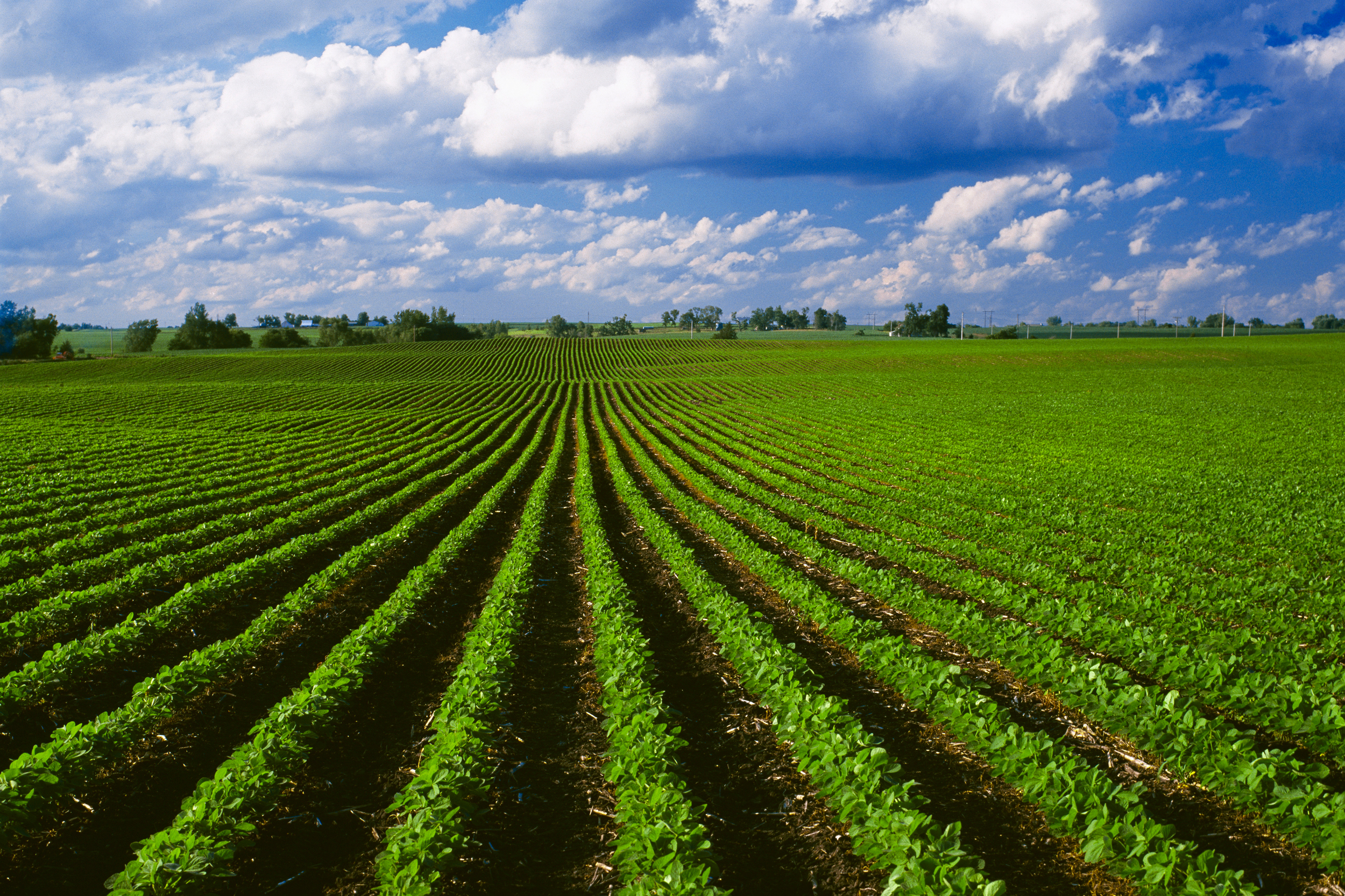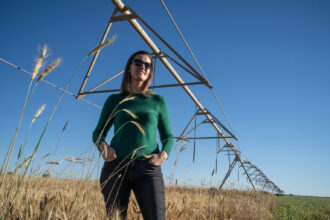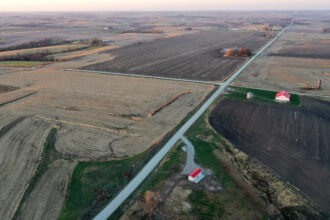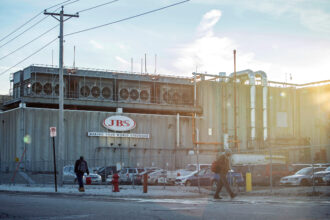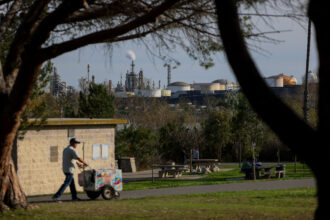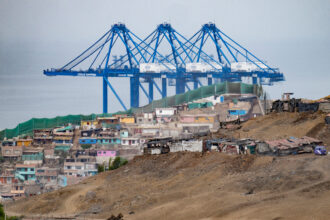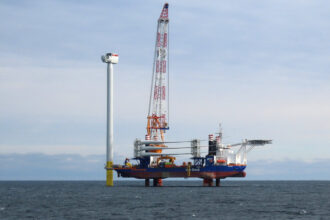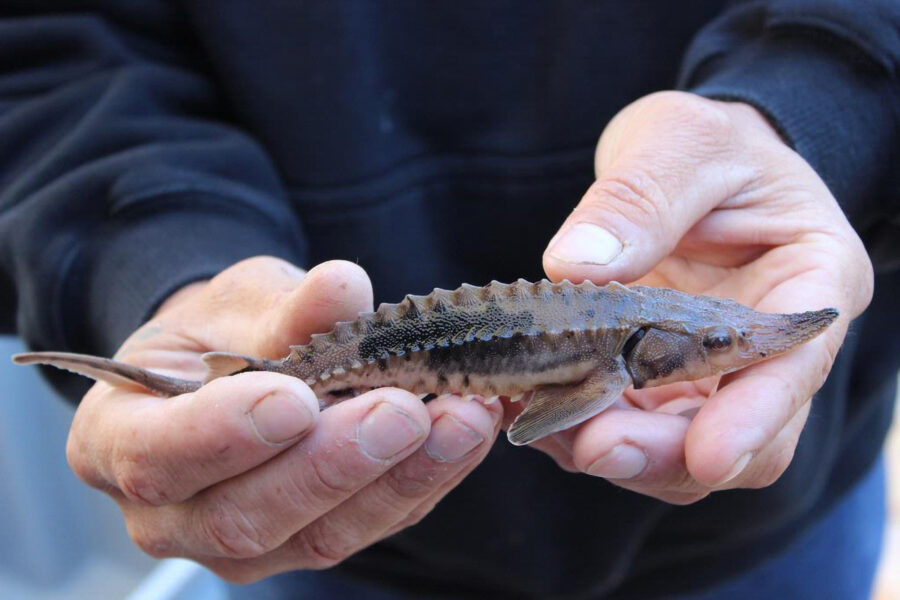DES MOINES, Iowa—The World Food Prize Foundation gathered hundreds of scientists, farmers and innovators in the agrifood industry last week to address a pressing question: How can we better feed the world’s hungry?
Rattan Lal, a former World Food Prize laureate and one of the world’s most renowned soil scientists, offered an unexpected answer: Do it with less.
Intensive food production systems have used too much land, too much water, too much fertilizer and too much soil carbon, he said. To reverse that trend, he added, the goals of agriculture must shift from maximizing yields to restoring damaged ecosystems and preserving nature.
Lal is a distinguished university professor of soil science at the Ohio State University, where he directs the eponymous Rattan Lal Center for Carbon Management and Sequestration in the College of Food, Agriculture, and Environmental Sciences. He’s spent about 20 years stationed in Africa and Australia and another 40 in Ohio researching “soil-centric” and regenerative approaches to farming.
In 2004, Lal authored the first scientific paper arguing that restoring organic matter to soil improves its ability to reabsorb excess carbon dioxide emissions, nearly a quarter of which come from global agriculture.
Lal advocates for regenerative agriculture, a set of practices including “no-till” farming, cover crops and complex crop rotations that aim to minimize the harmful environmental impacts of food production. His work in food security and climate change mitigation has earned him recognition including the 2019 Japan Prize, the 2020 World Food Prize, and the 2024 Gulbenkian Prize for Humanity.
Before a panel appearance at the World Food Prize’s Borlaug Dialogue last week, Inside Climate News spoke with Lal about agriculture’s profound footprint and what it would take to feed the world with less. This interview has been edited for length and clarity.
ANIKA JANE BEAMER: Dr. Lal, we’re sitting amidst a landscape that’s been pretty dramatically transformed by intensive food production. How do you define “intensive” agriculture?
RATTAN LAL: Well, I grew up on a small farm, a few acres, in [Punjab/Haryana]. Each year, we grew four crops, at least three. Every acre of land there is irrigated, so you could grow two crops in the dry season and two crops in the wet season. So, if you want to talk about intensive, that is intensive. What’s different in this part of the world is the size of farms, especially in Iowa, Ohio and Indiana. Here, there is a large-scale, mechanical approach to farming. The average farm size in the Midwest is 200 acres. I know some farmers with as many [as] 4,000 acres. In other countries where I’ve worked [in South Asia and Africa], 12 acres is a big farm.
BEAMER: Is that footprint necessary?
LAL: Well, the central United States has some of the best soils of the world. It’s a very dark soil, with a high organic [matter] content. This region is very fertile and very flat. But, worldwide, we should be incentivizing farmers to take land out of use. I like to say, “Use the best and save the rest.” Globally, there is no reason to cut the Amazon forest. There is no reason to cut savanna and prairies. We have plenty of land.
BEAMER: What about meeting population growth? Is it possible to feed the world while also scaling back agriculture?
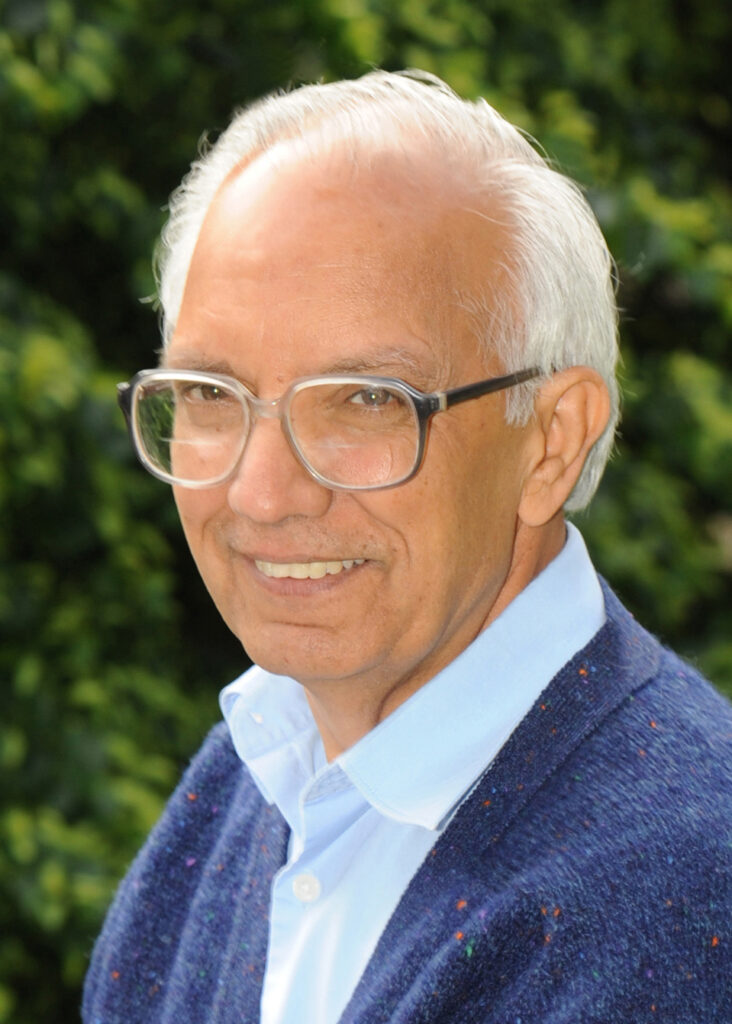
LAL: I’m really glad you asked that question. You’d be surprised by my answer. We are already producing more than enough food. We are producing 3.2 billion tons of grains. But unfortunately, 1.2 billion tons of grains, 1.2 billion tons out of 3.2, do not reach any stomach, human or animal. They are wasted. We should protect what we produce rather than produce more.
Then, there is the issue of the environment. We now have 12.5 billion acres of land globally used for agriculture. We don’t need it. We use 3,200 cubic kilometers of water for irrigation each year. We use 200 million tons of fertilizers. It is ridiculous. We must learn how to produce more from less. Less land, less water, less fertilizer, less pesticide, less herbicide.
BEAMER: How do we incentivize that change?
LAL: It is my hope that, soon after 2050, governments will have a policy to pay farmers by returning land back to nature. Not by subsidies, but by paying farmers for ecosystem services. If you save water, if you conserve carbon, if you prevent biodiversity loss, the government should pay you, even if you get lower yield.
The payment would not be charity, it’s not a handout, it’s not a donation. It is a service the farmer provided. And the government takes responsibility. I recommend a payment of $50 per metric ton of carbon dioxide equivalent [sequestered].
BEAMER: I’d like to ask more about fertilizers, as over-fertilization is a huge issue for water quality here in Iowa.
“In the U.S., 60 percent of fertilizer is wasted. And by wasted, I mean leaked into the groundwater or volatilized into the atmosphere.”
LAL: It’s a terrible problem.
BEAMER: How can we reduce our reliance, or our perceived reliance, on fertilizers?
LAL: Well, the problem is that fertilizer use efficiency, especially nitrogen, is 40 percent for the United States. In other places, such as in China and India, it is 25 percent.
So, in the U.S., 60 percent of fertilizer is wasted. And by wasted, I mean leaked into the groundwater or volatilized into the atmosphere.
It’s the efficiency that’s the problem. I think fertilizers are needed, definitely needed. Aspirin is needed, you know? I take aspirin. But one aspirin cures your headache. One hundred aspirin … you know what that does? We should not use fertilizer as a poison. We should use fertilizer as a medicine. And the difference between the poison and medicine is the dose.
BEAMER: But if extra fertilizer means a slightly bigger yield, why wouldn’t a farmer use the larger dose?
LAL: This is where the payment for ecosystem services comes in, right? You tell farmers, “You will not use more [fertilizer] than this. If you get a yield loss, it’s our problem.”
Farmers should be paid for producing with less and better quality. More protein content, more micronutrients, iron, zinc, molybdenum, iron. And that higher quality stems from healthier soil.
BEAMER: Are there other links between soil health and environmental health that you think are due for further examination?
LAL: Well, 600 gigatons of carbon equivalent have come from land since the beginning of agriculture, since we started cutting the forest and since we started draining the wetlands. From 1750 to today, the total emissions from fossil fuels is still only about 500 gigatons.
But what we have taken from land, you can put back. We can sequester more carbon with better agricultural practices, with regenerative agriculture. That means producing an acceptable yield while restoring the environment, not further damaging the environment.
About This Story
Perhaps you noticed: This story, like all the news we publish, is free to read. That’s because Inside Climate News is a 501c3 nonprofit organization. We do not charge a subscription fee, lock our news behind a paywall, or clutter our website with ads. We make our news on climate and the environment freely available to you and anyone who wants it.
That’s not all. We also share our news for free with scores of other media organizations around the country. Many of them can’t afford to do environmental journalism of their own. We’ve built bureaus from coast to coast to report local stories, collaborate with local newsrooms and co-publish articles so that this vital work is shared as widely as possible.
Two of us launched ICN in 2007. Six years later we earned a Pulitzer Prize for National Reporting, and now we run the oldest and largest dedicated climate newsroom in the nation. We tell the story in all its complexity. We hold polluters accountable. We expose environmental injustice. We debunk misinformation. We scrutinize solutions and inspire action.
Donations from readers like you fund every aspect of what we do. If you don’t already, will you support our ongoing work, our reporting on the biggest crisis facing our planet, and help us reach even more readers in more places?
Please take a moment to make a tax-deductible donation. Every one of them makes a difference.
Thank you,


